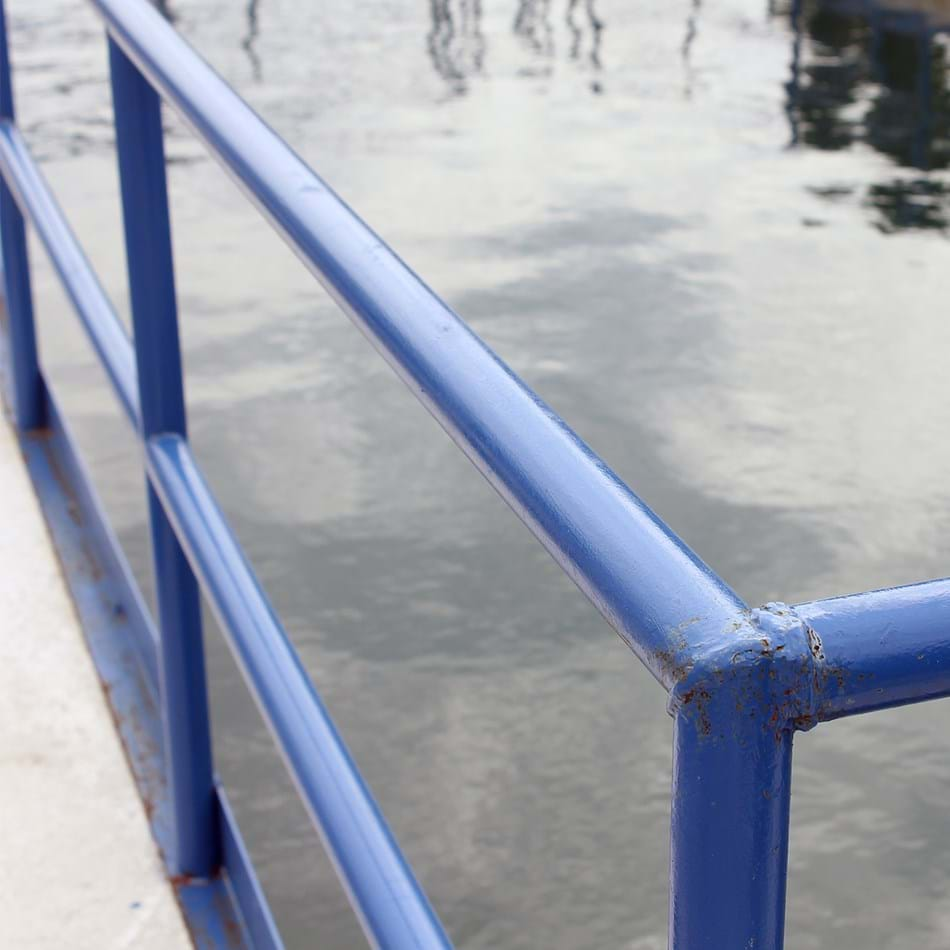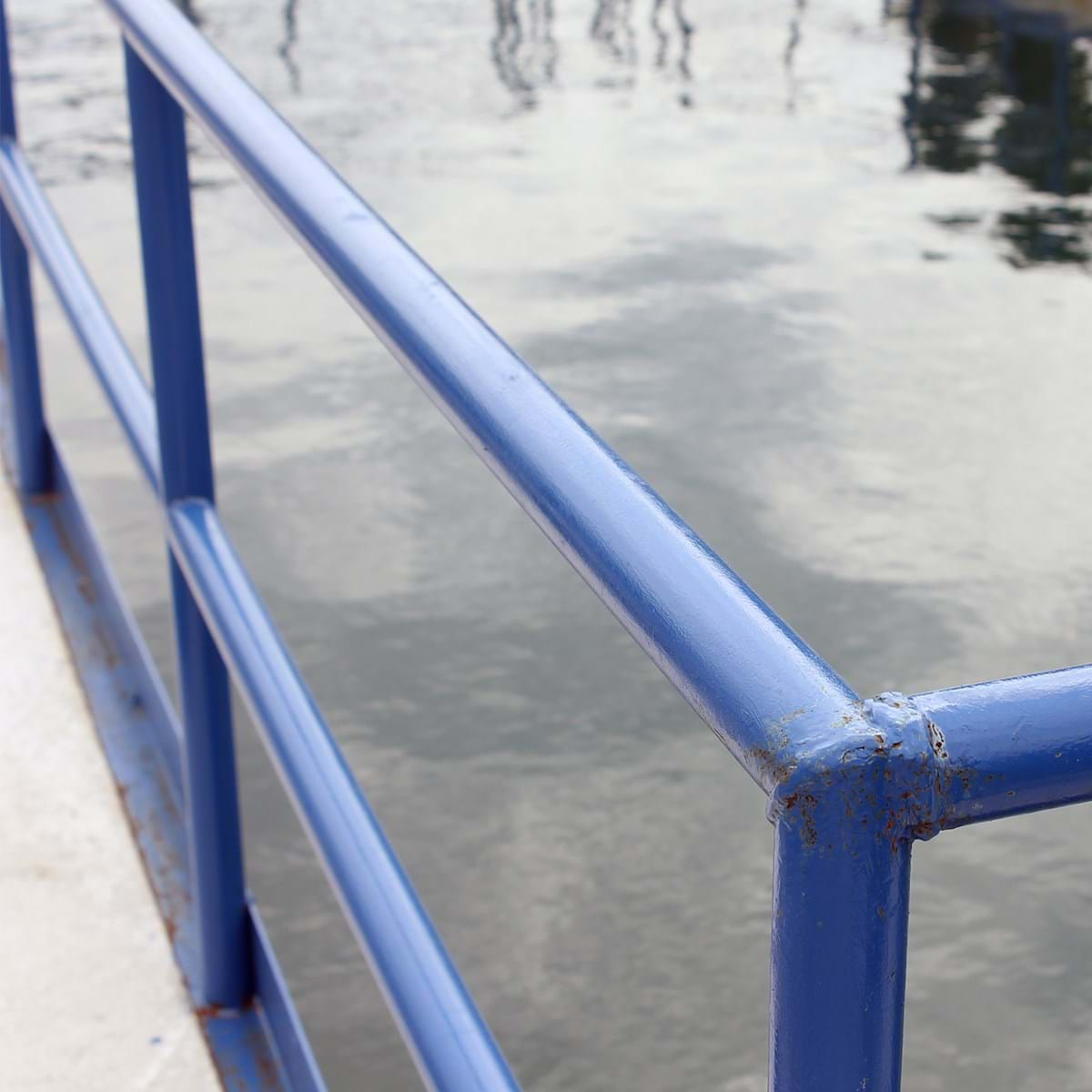In other cases, its presence is undesirable, for instance when rainwater and groundwater accumulate in mines and must be pumped out, a process known as de-watering. But whether it is for reasons of process integrity or safety, facility operators need to be able to measure solids in suspension in water.
At plants with retention ponds, measuring the concentration of suspended particles is vital to ensure process integrity. Lab tests are used for this purpose, but they take time: samples must first be collected and analyzed, and the results then sent to the facility operator. If the samples meet applicable standards, water can continue to be pumped out of the mine or released from the pond. If they don’t, the process must be adjusted, and other tests performed. Every stoppage translates into lost productivity and additional costs for the company. Laboratory testing remains relevant for periodic compliance testing, but it’s impractical for day-to-day operations.

Some plants have probes installed in their retention ponds to analyze suspension concentrations in real time. However, the probes eventually get clogged and give inaccurate measurements. Cleaning them takes time and money and also results in lost data. In addition, probes only measure particles in their immediate vicinity, and not in the entire water column. Furthermore, suspended particle concentrations are usually measured indirectly, based on turbidity levels.
Wastewater management remains a major challenge in the mining industry. To ensure that the quantity of suspended solids released to the environment doesn’t exceed regulatory standards, facility operators often take a conservative approach, overusing flocculation products and/or reducing pumping speeds to ensure that precipitated solids aren’t resuspended. With access to real-time results, these practices wouldn’t be necessary.
Imagine a solution capable of measuring suspended solid concentrations in a liquid without using a probe. A solution that could also generate a vertical concentration profile and determine sedimentation velocity. Considering that daily process monitoring doesn’t require certified results, a solution of this nature would make it possible to take direct corrective action and avoid long stoppages. Use of certified lab tests could be limited to regulatory compliance testing in accordance with government standards.
INO is seeking partners to develop such a solution by drawing on its advanced knowledge of the optical properties of diffusing media. Our five-step approach is designed to minimize risk for our partners and ensure we deliver a solution that meets all of their needs.
Contact me if you’re interested in discussing or working with INO on the measurement of suspended solids in industrial process water or if you need any other information.




